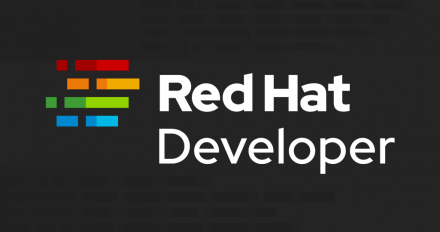
Run Red Hat Enterprise Linux 8 in a container on RHEL 7
Start developing with the latest versions of languages, databases, and web servers from Red Hat Enterprise Linux 8 even if you are still running RHEL 7.

Start developing with the latest versions of languages, databases, and web servers from Red Hat Enterprise Linux 8 even if you are still running RHEL 7.

Learn how these two helpful tools in the Red Hat OpenShift command-line client can help you troubleshoot your applications.
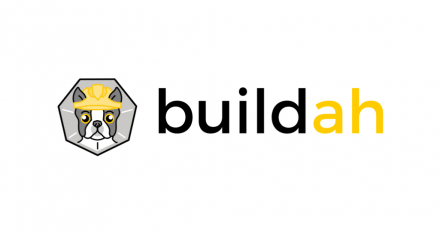
Running Buildah within a container in Kubernetes, Podman, or Docker can be done easily and securely; we show how to set it up.
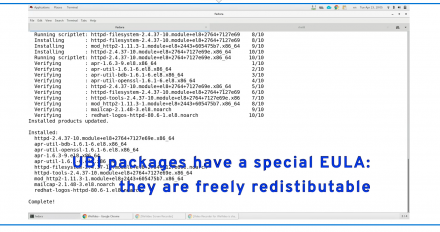
Get all the facts on how to started with Red Hat Universal Base Image (UBI) in this introduction and short video from Scott McCarty.

Instructions in the NOP space are an attractive way to provide new performance and security features; we show how to use them effectively.
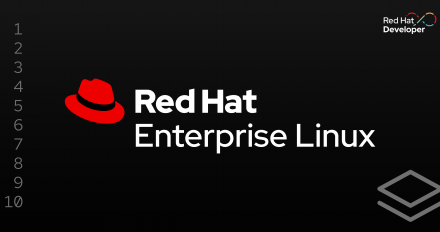
Get answers to questions about Red Hat Universal Base Images, which give developers a better choice in terms of stability, lifecycle, and support.
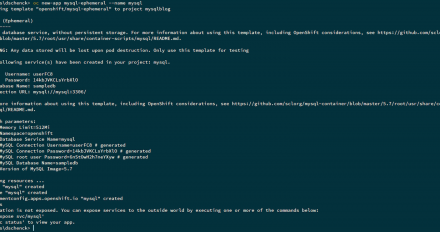
We show how to spin up (and tear down) a MySQL database in seconds using Red Hat OpenShift.
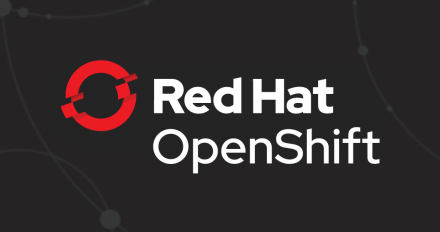

We show how to use Minikube's registry add-on to deploy an internal registry, which can be used to push and pull Linux container images.

To help you understand cloud-native application environment architecture, we break it down into component layers. In this article, we look at the application software development layer.

Kubernetes implements a system for automating deployment, scaling and management of containerized applications. It is often referred to as being a Container as a Service (CaaS).
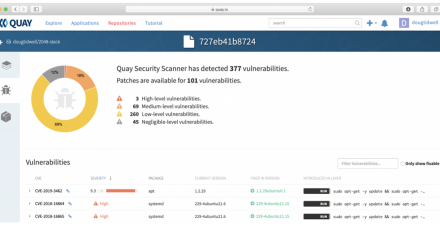
Quay.io is a container image repository that automatically scans your images for security vulnerabilities. Learn how to use this powerful feature.
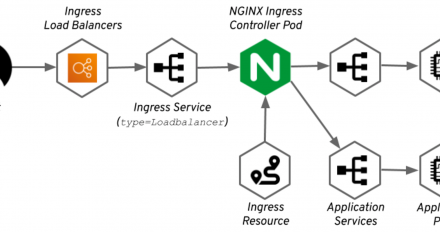
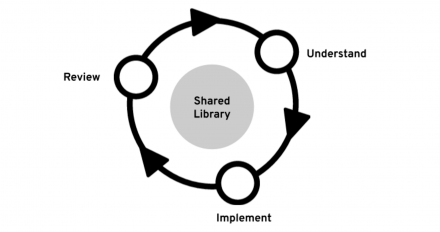
Decentralizing both the application lifecycle management process as well as the related tooling is key to scaling development and meeting changing needs.
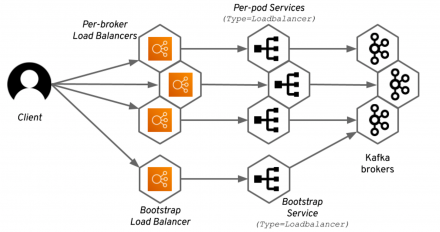
This fourth article in our Strimzi series explains how to use load balancers in public cloud environments and how they can be used with Apache Kafka.
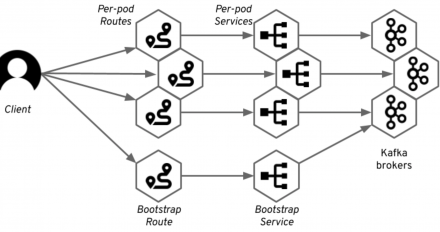
This third installment of our series on Strimzi looks at Red Hat OpenShift routes and how they can be used with Apache Kafka.
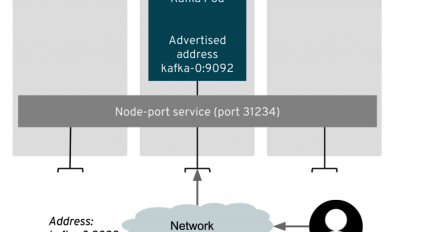
We continue our Strimzi article series with a look at exposing an Apache Kafka cluster managed by Strimzi using node ports.
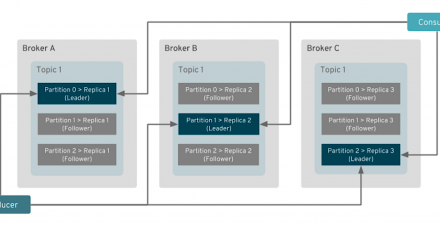
Strimzi is an open source project that provides container images and operators for running Apache Kafka on Kubernetes and Red Hat OpenShift; learn more.
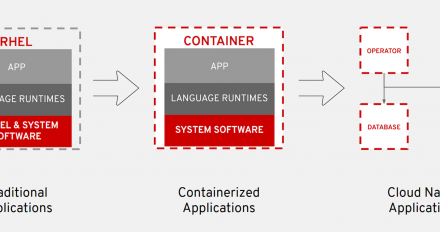
Containers are a hot topic in the world of DevOps, and there was no shortage of great container content at Red Hat Summit this year. Here's a summary.

Build RHEL-based container images from a Dockefile; you can build from any Linux distribution using Red Hat Universal Base Images (UBI).

We look at four open source tools (kubectl, stern, kubectx, kubens) that will help you navigate Kubernetes waters with ease.
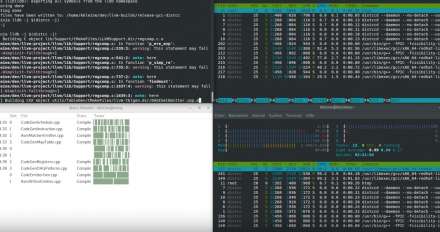
This articles shows how to use containers that run a distcc server inside to distribute compilation load over a heterogeneous cluster of nodes.

Learn how to create a Flask application running on OpenShift, which will use the Kubernetes Python client to interact with the OpenShift API.
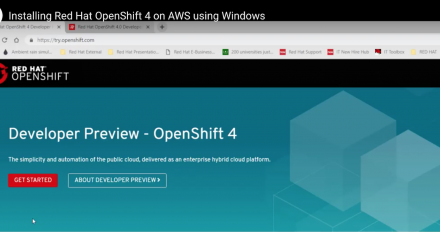
How do you use the Red Hat OpenShift installer with Windows when the installer only runs on Linux or macOS? Don Schenk shows how in this video.
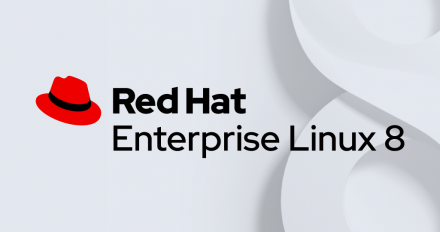
The key steps for installing Red Hat Enterprise Linux 8 as a VirtualBox VM to get you started with software development.